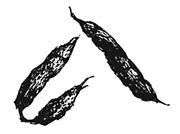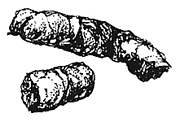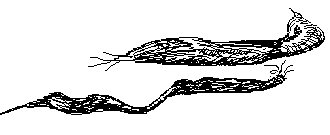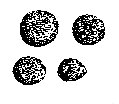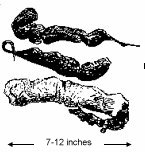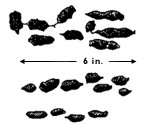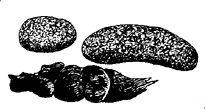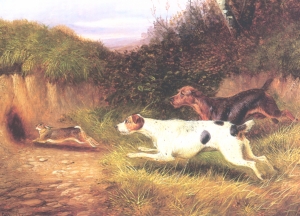
Animal Scat
Identification Chart
Rat. Dark brown or black, even consistency. |
Fox -- Note tapered end and hair. Scat may also have seeds, feathers, berries, small bones. Likely to find on prominent location as territory marker. |
Raccoon -- note blunt ends and uniform thickness, like a tootsie roll. Scat will have berries, seeds, corn and perhaps crayfish parts. May find anywhere --- in thickets, stream banks, on rocks, outside of dens, |
Skunk. Uneven and variable. |
Goose. Tubular, like raccoons, but longer and thinner. Likely to be near water or perhaps in cut over corn field. Scat is entirely plant material. |
Fox -- Again note tapered ends and hair in scat. Fox scat will almost always have these two features, and may be thicker or thinner depending on food, animal, and level of decomposition. |
Rabbit. Round, slightly squashed pellets of finely chewed plant material. Dark brown, tan or black depending on food. |
Coyote. Very similar to fox, but larger. A large fox and a small coyote may have identical scat. |
Opossum. Uneven and variable due to changing food sources. May have hair or berries. Smaller in general than fox, and smaller sections too. Different shape than raccoon |
Groundhog. Round to oval pellets, generally found near dens or in toilet chambers of dens. Entirely plan material. |
Chipmunk. Like rat scat, but less even in shape. |
Raccoon. Again, note blunt ends and lack of taper. May include hair, egg shells, berries, seeds, and aquatic animal or insect parts. |
Fox -- Again, note tapered end and hair protruding. Color may be variable depending on food being eaten. |
Porcupine: Very variable in shape, but with a great deal of wood pulp. Only found in areas where porcupines are found. |
Deer. Note size and slight taper. There will generally be a small pile. Entirely vegetative and quite uniform in consistency |
